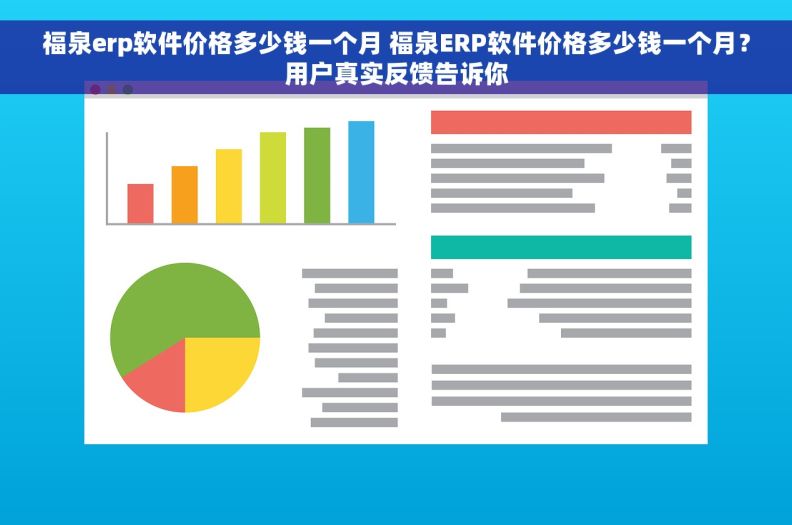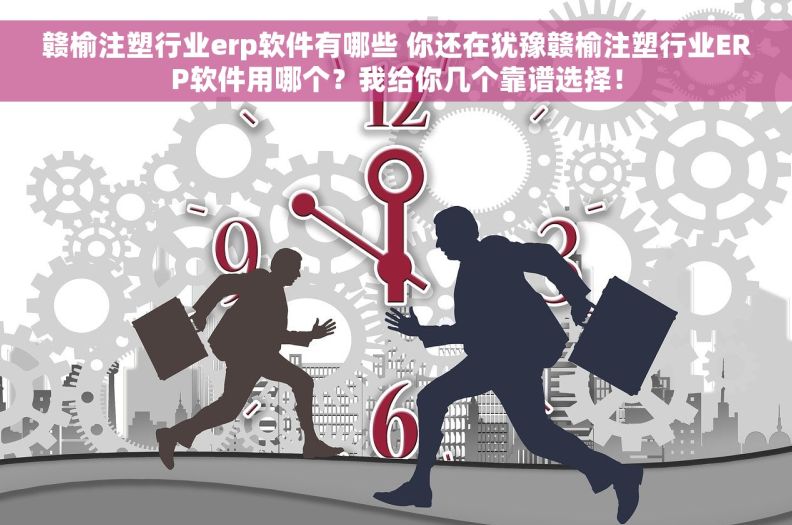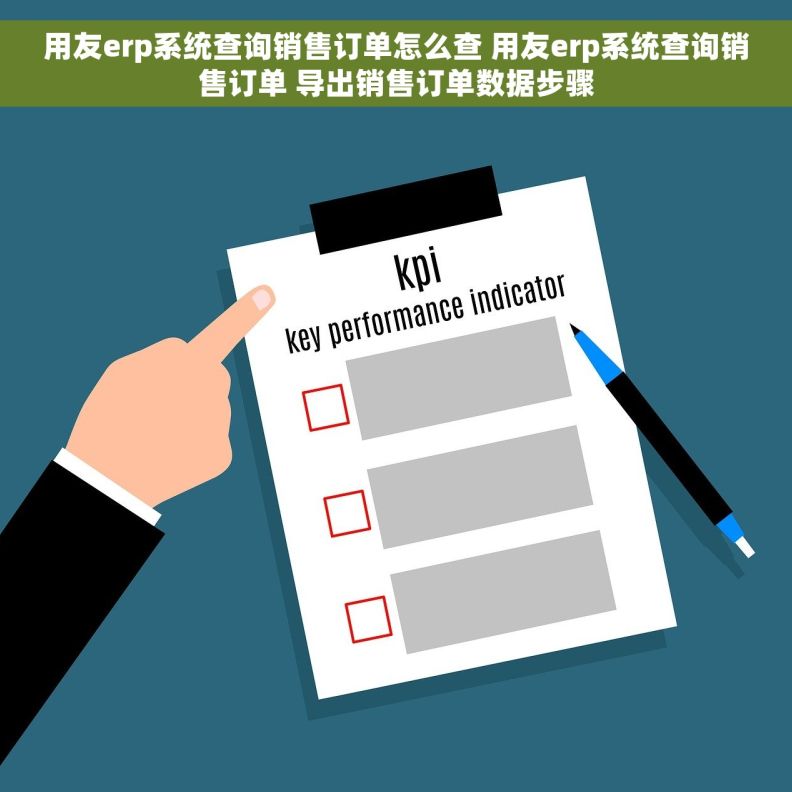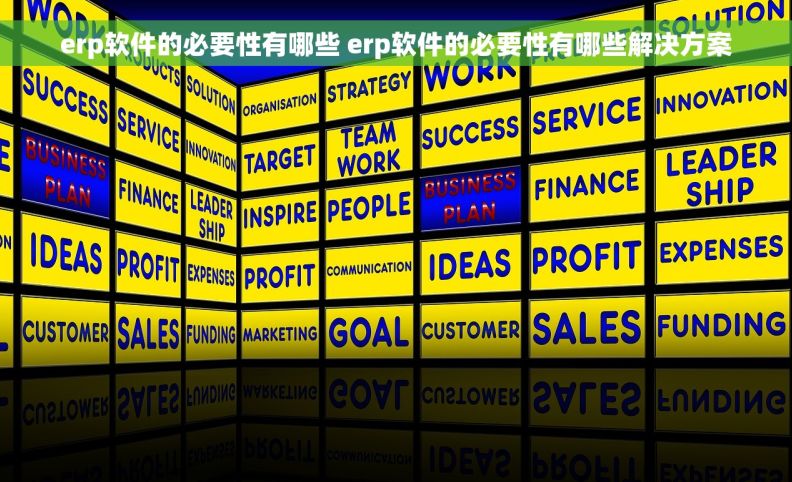引言
本文将详细介绍自动配货ERP系统的操作流程,帮助用户正确使用该系统进行自动配货管理。通过本文,您将了解系统的基本操作步骤,包括订单管理、库存管理、自动配货设置等内容。
订单管理
在系统中,订单管理是一个重要的功能模块。用户可以通过订单管理模块查看所有的订单信息,包括订单的状态、客户信息、商品信息等。您可以通过筛选条件来快速查找特定的订单,也可以进行订单的修改、取消等操作。
查看订单信息
在订单管理界面,用户可以通过输入订单号或者其他筛选条件来查看特定的订单信息。系统会显示订单的详细信息,包括客户姓名、联系方式、商品信息、订单状态等内容。
订单操作
用户可以对订单进行操作,比如修改订单信息、取消订单等。在操作之前,请确保操作权限的设定和相关规定,避免操作不当导致错误。

库存管理
库存管理模块可以帮助用户进行库存的监控和管理。在该模块中,用户可以查看各种商品的库存数量,设置库存预警值,进行库存调整等操作。
查看库存信息
用户可以在库存管理界面查看各种商品的当前库存数量,系统会根据实时库存数据显示相关信息,帮助用户及时了解商品的库存情况。
设置库存预警
用户可以根据需求设置商品的库存预警值,当库存数量低于预警值时,系统会提醒用户进行补货或***取其他措施,确保库存充足。
自动配货设置
自动配货设置是系统的重要功能之一,用户可以根据需求进行自动配货规则的设置,提高配货效率。
制定配货规则
用户可以根据各种条件,比如订单时间、订单优先级、库存情况等制定配货规则,系统会根据规则自动进行配货操作,提高配货的效率。
审核配货结果
在自动配货完成后,用户可以通过系统的审核功能对配货结果进行审核,确保配货的准确性和客户满意度。
在今天的企业管理中,ERP办公软件扮演着至关重要的角色。它能够帮助企业实现信息的集中管理、提高工作效率、降低成本,是企业管理的得力助手。而自动配货是ERP系统中的一项重要功能,下面我们将详细介绍自动配货ERP系统的操作方法。
一、登录系统
首先,用户需要使用个人账号和密码登录系统,进入ERP系统的主界面。
二、进入自动配货模块
在主界面中,找到自动配货相关的模块,点击进入自动配货功能页面。
三、查看库存信息
在自动配货页面,可以查看当前的库存信息,包括各类商品的数量、存放位置等。
四、设置配货参数
根据需求,设置配货的参数,包括配货的时间范围、优先级、配货规则等。
五、执行自动配货
点击系统中的自动配货按钮,系统将根据预设的参数自动进行配货,将商品按照设定的规则进行分配。
六、查看配货结果
配货完成后,可以查看配货结果,包括配货的数量、商品的配送路径等信息。
七、异常处理
如果出现配货异常,系统会提示异常信息,需要及时处理异常情况,保证配货的准确性和及时性。
通过以上步骤,用户可以轻松操作自动配货ERP系统,实现企业库存的自动配货管理,提高了配货效率和准确性,为企业管理带来了便利。
徐州地区ERP办公软件种类多样现象分析
徐州地区的企业使用ERP系统进行办公管理已经成为了一种常态。然而,现在市面上不同类型的ERP软件层出不穷,不同的软件有着不同的操作方式。本文将对徐州地区ERP办公软件种类多样现象进行分析,并针对ERP系统的操作方式进行详细探讨。
当前ERP系统情况
当前徐州地区企业使用的ERP系统可以分为传统ERP系统和云ERP系统两大类。而在传统ERP系统下又有SAP、ORACLE、用友等不同的品牌和版本。云ERP系统也有丰富的选择,例如金蝶云、百望云等。
如何选择适合企业的ERP系统
企业在选择ERP系统时需要充分考虑自身的实际需求和规模,决定是选择传统ERP系统还是云ERP系统。同时还需考虑ERP系统的适配性和定制化程度。
不同ERP系统的具体操作方式
传统ERP系统操作方式
传统ERP系统多为本地服务器部署,需要在企业内部建立数据库等底层设施,运维成本高。具体操作方式一般需要专业的IT人员进行配货、定制化和维护。
云ERP系统操作方式
云ERP系统多为线上订阅服务,无需企业自行维护底层设施,运维成本较低。操作方式相对简单,一般可以通过官方提供的操作手册或培训课程学习。
推广和普及ERP系统的建议
针对不同类型ERP系统的操作方式和特点,建议企业可以选择更适合自身需求的ERP系统,同时加强员工的培训和学习,提高ERP系统的普及率。
通过以上分析,我们可以看出徐州地区ERP办公软件种类多样,但根据企业实际需求选择并加强培训是更重要的。
Software A
Briefly introduce the characteristics and functions of Software A
Software A is an ERP system that is designed to automate the process of inventory management and distribution. It helps businesses to efficiently manage their supply chain by automating tasks such as order processing, inventory tracking, and order fulfillment. Some key features of Software A include:
- Inventory Management: Software A allows businesses to track their inventory levels in real-time, ensuring that they always h***e the right amount of stock on hand.
- Order Processing: The software streamlines the order processing system, making it easy for businesses to fulfill customer orders quickly and accurately.
- Automated Replenishment: Software A can automatically generate purchase orders when inventory levels are low, helping businesses to ***oid stockouts and delays in order fulfillment.
Software B
Briefly introduce the characteristics and functions of Software B
Software B is another ERP system that is focused on automating the process of order fulfillment and distribution. It helps businesses to improve their efficiency and accuracy in fulfilling customer orders. Some key features of Software B include:
- Order Tracking: Software B allows businesses to track the status of customer orders in real-time, helping them to identify and resolve any issues quickly.
- Shipping Management: The software helps businesses to streamline their shipping process, making it easy to generate shipping labels and track shipments.
- Integration with Carriers: Software B can integrate with various shipping carriers, allowing businesses to easily compare rates and choose the best shipping option for each order.
Software C
Briefly introduce the characteristics and functions of Software C
Software C is a comprehensive ERP system that covers all aspects of supply chain management, including inventory management, order processing, and distribution. It helps businesses to optimize their supply chain operations and improve their overall efficiency. Some key features of Software C include:
- Multi-Warehouse Support: Software C allows businesses to manage multiple warehouses from a single platform, making it easy to track inventory levels and transfers between locations.
- Advanced Reporting: The software provides businesses with detailed reports and ***ytics on their supply chain performance, helping them to identify areas for improvement and make data-driven decisions.
- Supplier Management: Software C includes tools for managing supplier relationships, helping businesses to ensure that they h***e reliable sources of inventory and materials.
Other ERP Office Software
List other common software and give a brief introduction
In addition to Software A, B, and C, there are other ERP office software options ***ailable in the market. These include:
- Software D: A cloud-based ERP system that offers scalability and flexibility for businesses of all sizes.
- Software E: An ERP system focused on financial management and accounting, helping businesses to streamline their financial operations.
- Software F: A customizable ERP solution that can be tailored to meet the specific needs of different industries and businesses.
Customer demand ***ysis
Understanding user needs:

Before choosing an ERP office software, it is crucial to conduct a thorough ***ysis of customer demands. This involves understanding the specific requirements and expectations of the users within the organization. This step is essential for selecting a system that can effectively meet the needs of the business.
Identifying key features:
It is important to identify the key features that are required in the ERP system. This includes considering factors such as inventory management, order processing, and reporting capabilities. By clearly defining the necessary features, it becomes easier to select a software solution that aligns with the organization's requirements.
Software functionality matching
Evaluate system compatibility:
When choosing an ERP office software, it is essential to ensure that the system is compatible with the existing infrastructure and software ***lications within the organization. This includes considering factors such as operating systems, database compatibility, and integration capabilities.
Customization options:
Another important consideration is the level of customization that the ERP system offers. Organizations h***e unique requirements, and the software should allow for customization to adapt to specific business processes. This ensures that the system can be tailored to meet the organization's individual needs.
Cost considerations
Upfront costs vs. long-term value:
When evaluating ERP office software, it is important to consider both the upfront costs and the long-term value of the system. While it may be tempting to opt for a cheaper solution initially, it is essential to assess the overall value that the software can provide to the organization over time.
Hidden costs:
In addition to the upfront costs, it is crucial to consider any potential hidden costs associated with the ERP system. This includes fees for implementation, training, maintenance, and upgrades. By carefully evaluating these hidden costs, organizations can make a more informed decision regarding the total cost of ownership.
Technical support and after-sales service
Vendor reputation and support:
When selecting an ERP office software, it is important to consider the reputation of the vendor and the level of technical support they offer. A reputable vendor with strong after-sales service can provide assistance with implementation, training, and ongoing support, ensuring that the software operates effectively within the organization.
Update and maintenance:
Lastly, organizations should consider the update and maintenance schedule of the ERP system. Regular updates are essential to ensure that the software remains secure, efficient, and up-to-date with the latest technologies. By selecting a system with a reliable update and maintenance schedule, organizations can minimize downtime and ensure the long-term success of the software.
自动配货ERP系统操作详解
自动配货ERP系统是一种高效管理企业库存和订单的软件系统,操作简单易懂,下面将详细介绍其操作方法:
1. 登录系统
首先,输入正确的用户名和密码登录系统,进入主界面。
2. 查看订单
在主界面中找到订单管理模块,点击进入,可以查看所有的订单信息,包括订单编号、客户信息、商品信息等。
3. 配货操作
在订单管理界面中,选择需要配货的订单,点击配货按钮,系统会自动匹配库存信息,并生成配货清单。
4. 发货
配货完成后,进入发货模块,填写物流信息并打印快递单,将商品发出。
5. 库存管理
及时更新库存信息,保证系统库存与实际库存一致,避免缺货或库存积压。
徐州ERP办公软件的多样性
徐州地区的企业使用的ERP办公软件种类繁多,有针对不同行业和规模的定制版本,覆盖了财务、人力***、***购、生产等多个方面。
选择合适的软件对企业管理的重要性
选择合适的ERP软件可以提高企业管理效率,降低成本,优化***配置,实现业务流程自动化,对企业的经营发展具有重要意义。







